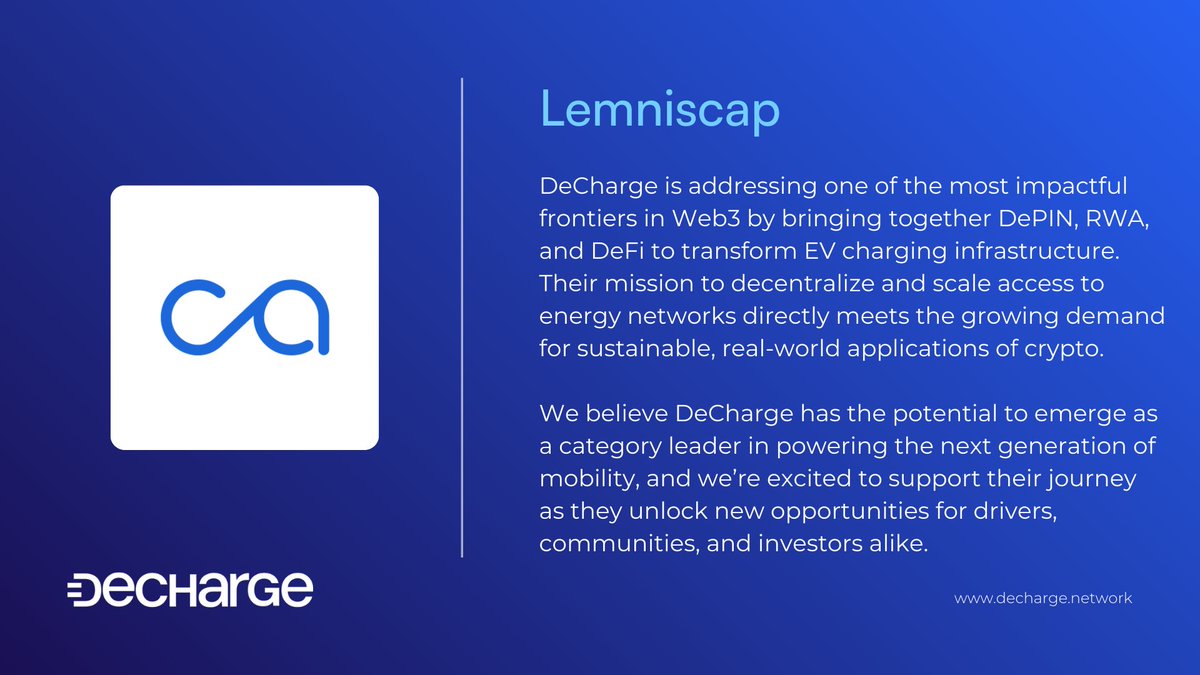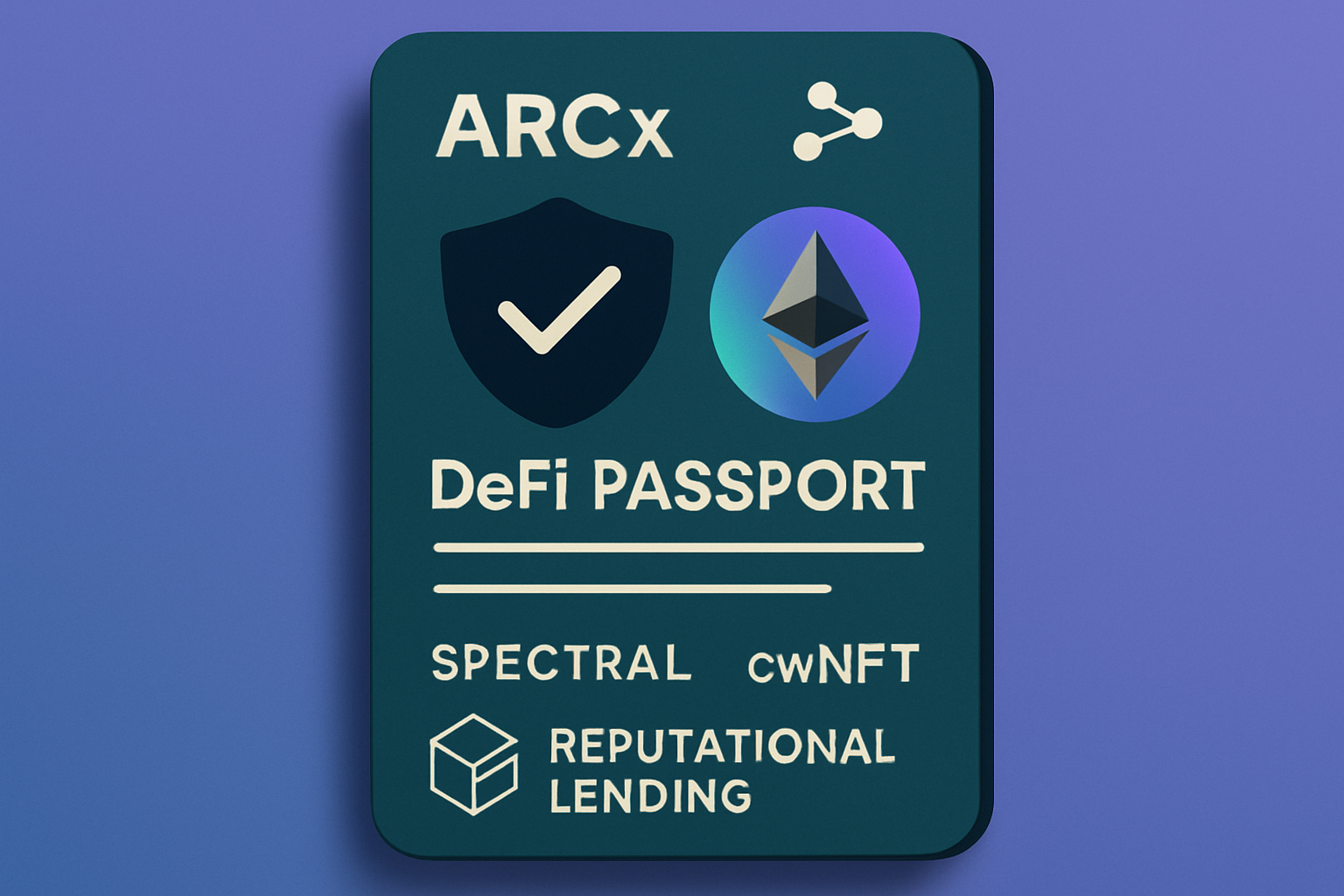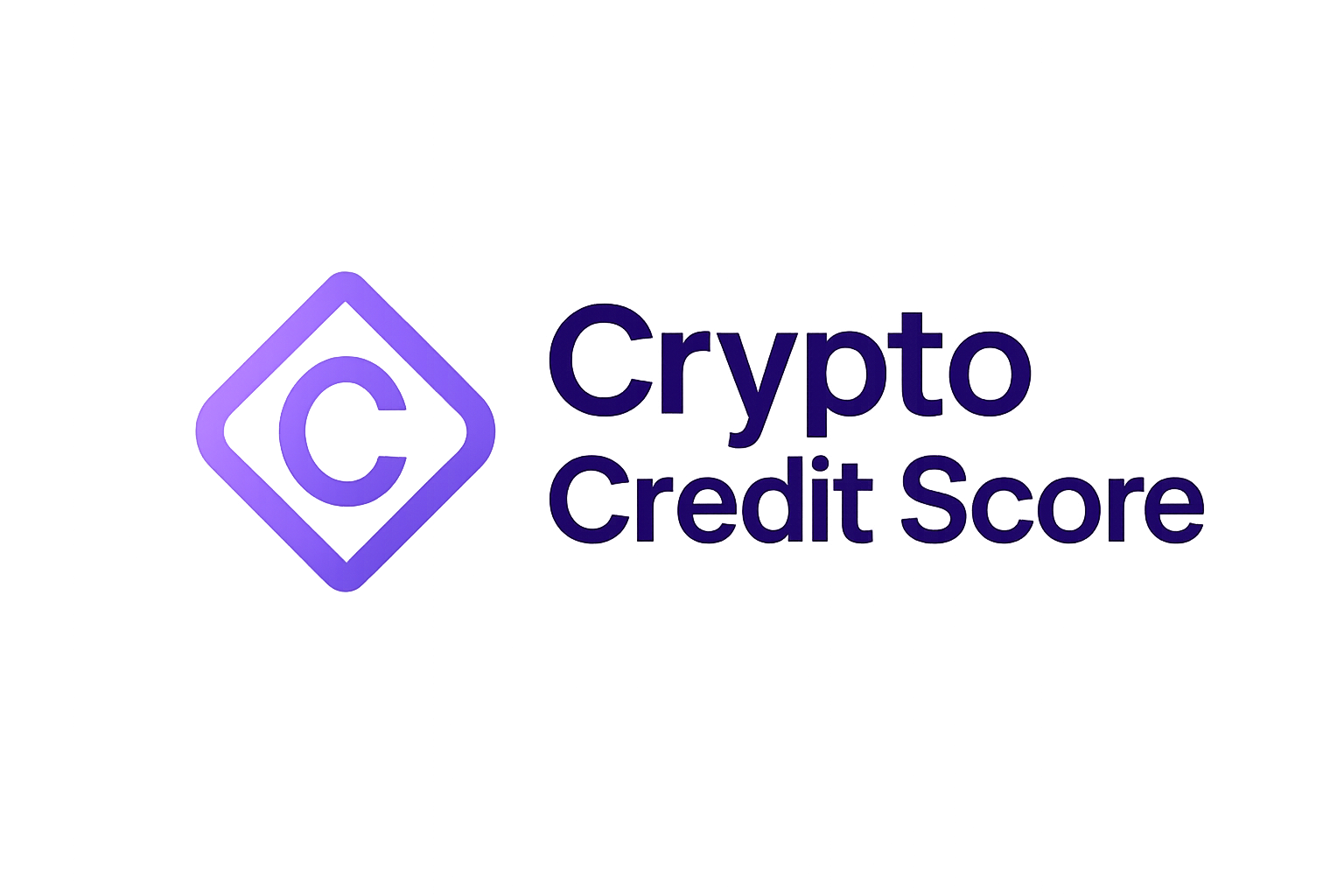
In 2024, the landscape of decentralized finance (DeFi) lending platforms underwent a profound transformation as on-chain credit scores moved from experimental concept to industry standard. Historically, DeFi lending relied on over-collateralization; borrowers had to lock up assets worth far more than their loan value, a direct consequence of blockchain’s pseudonymity and the absence of trusted third-party credit bureaus. This approach limited capital efficiency, restricted borrower accessibility, and stifled innovation in risk management. Enter on-chain credit scoring: a breakthrough that leverages transparent, real-time blockchain activity to enable nuanced borrower assessment and dynamic risk controls.

How On-Chain Credit Scores Work in DeFi Lending
On-chain credit scores are algorithmically generated metrics that quantify an individual or entity’s creditworthiness based solely on their blockchain activity. Unlike traditional credit scoring, which depends on centralized databases and opaque criteria, these systems analyze wallet histories, transaction patterns, protocol interactions, asset holdings, and even participation in governance or staking. The result is a decentralized credit bureau model that is transparent, composable across protocols, and resistant to manipulation.
Recent advances have accelerated adoption. In July 2024, Credora launched its on-chain credit scoring solution in partnership with leading platforms like Clearpool and Obligate. Their system aggregates multi-chain data to deliver real-time risk assessments directly into lending markets. Similarly, Spectral’s Multi-Asset Credit Risk Oracle (MACRO) issues Creditworthiness NFTs (cwNFTs), allowing users to port their reputation across DeFi applications. Another notable entrant is ARCx, whose “DeFi Passport” assigns dynamic scores based on historical behavior, enabling reputation-based borrowing terms for the first time.
The Impact: From Over-Collateralization to Under-Collateralized Loans
The practical impact of these innovations is already visible across major DeFi lending platforms:
- Aave: Continues to pioneer flexible collateral models by integrating on-chain credit data for select users.
- Compound: Offers algorithmic interest rates that now factor in wallet-level risk profiles rather than treating all borrowers identically.
- MakerDAO: Expands collateral options by incorporating real-world assets alongside blockchain-native reputational data.
This shift enables under-collateralized or even unsecured loans for borrowers who demonstrate reliability according to transparent blockchain metrics, a dramatic leap from legacy requirements. According to recent research (read more here), platforms leveraging these systems can dynamically adjust interest rates and liquidation thresholds based on real-time risk signals rather than static heuristics.
Dynamism in Risk Management and Financial Inclusion
The integration of crypto credit scoring has catalyzed new standards in DeFi risk management. Protocols now implement automated controls that react instantly to changes in user behavior or market conditions, adjusting loan terms as necessary without human intervention. This not only reduces default risk but also improves capital utilization across the ecosystem.
A crucial secondary effect has been increased financial inclusion: users previously excluded from traditional finance due to lack of formal history can now build a verifiable reputation through their blockchain actions alone. By lowering barriers for smaller borrowers while maintaining robust security practices (see how this works here), DeFi platforms are expanding access without compromising systemic integrity.
Privacy preservation is also a core advantage of on-chain credit scoring. Unlike conventional systems that expose sensitive personal information, decentralized credit bureaus operate using pseudonymous wallet addresses and cryptographic proofs. This model ensures that users maintain control over their data while still providing lenders with the risk insights they need. As zero-knowledge proof technology matures, expect further enhancements in how creditworthiness is proven without revealing granular transaction details, reinforcing both user trust and regulatory compliance.
Top Benefits of On-Chain Credit Scores for DeFi Lending
-

Enhanced Capital Efficiency: On-chain credit scores enable under-collateralized loans, reducing the need for excessive collateral and allowing DeFi platforms to utilize capital more effectively.
-

Dynamic Risk Management: By integrating real-time credit assessments, lending protocols can adjust interest rates and collateral requirements dynamically, optimizing risk controls based on borrower behavior.
-

Increased Financial Inclusion: On-chain credit systems assess creditworthiness through blockchain activity, providing access to loans for users without traditional credit histories and expanding financial services to underserved populations.
-

Greater Transparency and Trust: Credit scoring mechanisms like Credora, Spectral, and ARCx operate transparently on-chain, allowing all participants to verify credit assessments and lending criteria.
-

Facilitation of Reputational Lending: Solutions such as ARCx’s DeFi Passport and Spectral’s cwNFTs introduce reputation-based lending, incentivizing responsible borrowing and long-term engagement within the DeFi ecosystem.
From a technical perspective, the composability of blockchain credit assessments is driving cross-protocol innovation. Credit scores established on one platform can be leveraged across others, enabling seamless user experiences and reducing onboarding friction. For example, a borrower’s positive repayment history on Aave can now strengthen their position when seeking loans on Compound or MakerDAO, creating interoperable reputational capital throughout the DeFi ecosystem.
The impact on liquidity cannot be overstated. By unlocking under-collateralized lending at scale, DeFi markets are attracting new capital flows that were previously sidelined by prohibitive collateral requirements. This surge in accessible liquidity is reflected in recent market data showing DeFi lending volumes outpacing decentralized exchange activity as of late 2024. The result is an ecosystem that not only grows faster but does so with more sophisticated risk controls than ever before.
Challenges and Future Directions
Despite these advances, several challenges remain. The accuracy and robustness of credit scoring algorithms depend heavily on the quality and breadth of available on-chain data. Sybil resistance, preventing users from gaming scores by splitting activity across multiple wallets, remains an ongoing technical hurdle. Additionally, as regulatory scrutiny intensifies globally, protocols must balance transparency with privacy to meet evolving compliance standards without undermining decentralization.
Looking ahead to 2025 and beyond, we anticipate continued convergence between traditional finance and DeFi as institutions explore blockchain-native underwriting models. Real-world asset tokenization combined with reliable crypto credit scoring could bring trillions in new value to digital lending markets (explore this trend). Expect further standardization around decentralized identity frameworks and greater adoption of advanced analytics for predictive risk assessment.
The evolution of on-chain credit scores has redefined what’s possible for DeFi lending platforms. By empowering protocols to reward trustworthy behavior with better terms while safeguarding privacy and composability, decentralized credit bureaus are laying the groundwork for a more inclusive, efficient, and resilient financial future. Whether you’re a developer integrating these tools or a borrower building your reputation on-chain, the next era of crypto lending is already here, and it’s powered by transparent blockchain credit assessment.





